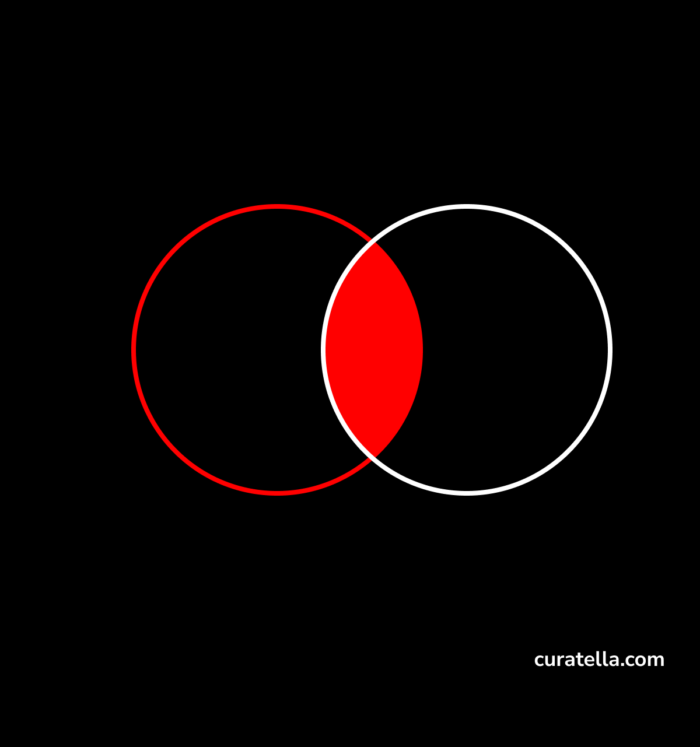“Contrast and compare” is a creative technique to combine two or more ideas or generate new ones out of the creative tension between the selected group.
The contrast makes something more or less readable. When we lower the contrast of a photograph, we flatten it. We make details disappear to reveal significant areas of color, light, and shade. We make the image sharper when we increase the contrast, with prominent areas highlighted and finer details more clearly readable.
The comparison happens when we put, side by side, two objects to find similarities, differences, relationships, and thus, connections.
By contrasting and comparing, we reveal the inner nature of the objects we are observing, facilitating the emerging of relationships. It could become apparent what was invisible to our eyes before this focused observation.
Some of the outcomes we might achieve by contrasting and comparing:
- Finding previously unnoticed details.
- Discovering similarity between something apparently different.
- Establishing order in the observed group.
- Identifying hierarchy allowing to define what comes first, what dominates, and what doesn’t.
- Revealing connections leads to breakthroughs, discoveries, or innovation by creating new and advanced concepts born out of the comparison.
This creative approach facilitates our observation skills and puts us in the role of judges, evaluators, reviewers, investigators, researchers.

To compare, we need to know the objects of the comparison. We can only compare something against a reference, something else we already know. We also need to find homogeneous measurements when there is something measurable. To make a comparison, we need to do the work required to have an opinion: we must accurately research and study the samples to be objective and thorough.
We contrast and compare to learn better what we thought we knew by looking through deeper lenses and a more critical perspective. In the end, we could get either new ideas, the marriage of the source items, or we could be in a better place to make decisions.
Contrasting and comparing is a powerful tool in the toolbox of the researcher, writer, designer, artist, and creative person. It deserves further development as a creative tool with examples and applications.
Do you contrast and compare to learn, discover and create?

